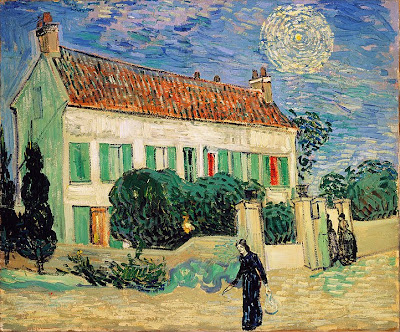
The same source that I am using for this phase of the discussion claims that the word "Boy" originated in the 1200's, also English, and meant a male servant, not a male child. The word "Cowboy that one theme of original oil paintings" on oilpaintingfactory.com exists in medieval Ireland according to a PBS article, which also mentions the tracking of the word to the American Revolution and referred to a Tory, or American colonist who supported the British Crown by stealing cattle from the colonial rebels.
Oil painting:
This is where we began with the evolution of the word into American English. As for the evolution of the word "cowboy oil paintings western art, into the titles of U.S. slaves, there is every reason to believe that the word became the widespread address for cattle industry laborers who were conquered or deemed servants of English cattle owners.
Writers mention Slave Cowboy that one theme of original oil paintings" in their studies of South Carolina and Appalachian cattle industries. They also mention slave cattle rustlers working under the direction of their masters.
To perfect is an experienced enterprise specializing in manufacturing various original oil paintings western cowboy. You'll be happy to find us whatever you're in business of oil painting, oil paintings, original oil painting, original oil paintings, cowboy oil painting, cowboy oil paintings, oil painting western art, western oil painting, western art oil painting, western art oil paintings wholesale.
The cowboy is really our only folk identity, in terms of mythology. Throughout the world, there's only one way you identify yourself as an American, and that's if you put on a cowboy hat. When people start to say, 'What does it mean to be an American?' you're eventually goanna confront the cowboy symbol.
People attach all kinds of meaning to it too, from self-reliance to riding off into the sunset to being close to nature to looking at a cigarette ad, so some way or another, if you're an American you're going to have to get that cowboy image a little bit, to understand it.








 During the later 14th century, International Gothic was the style that dominated Tuscan painting.
During the later 14th century, International Gothic was the style that dominated Tuscan painting.




 Buying oil paint is much like buying a car, it means you get what you pay for. Usually, the more expensive the paint, the better quality it is.
Buying oil paint is much like buying a car, it means you get what you pay for. Usually, the more expensive the paint, the better quality it is.











